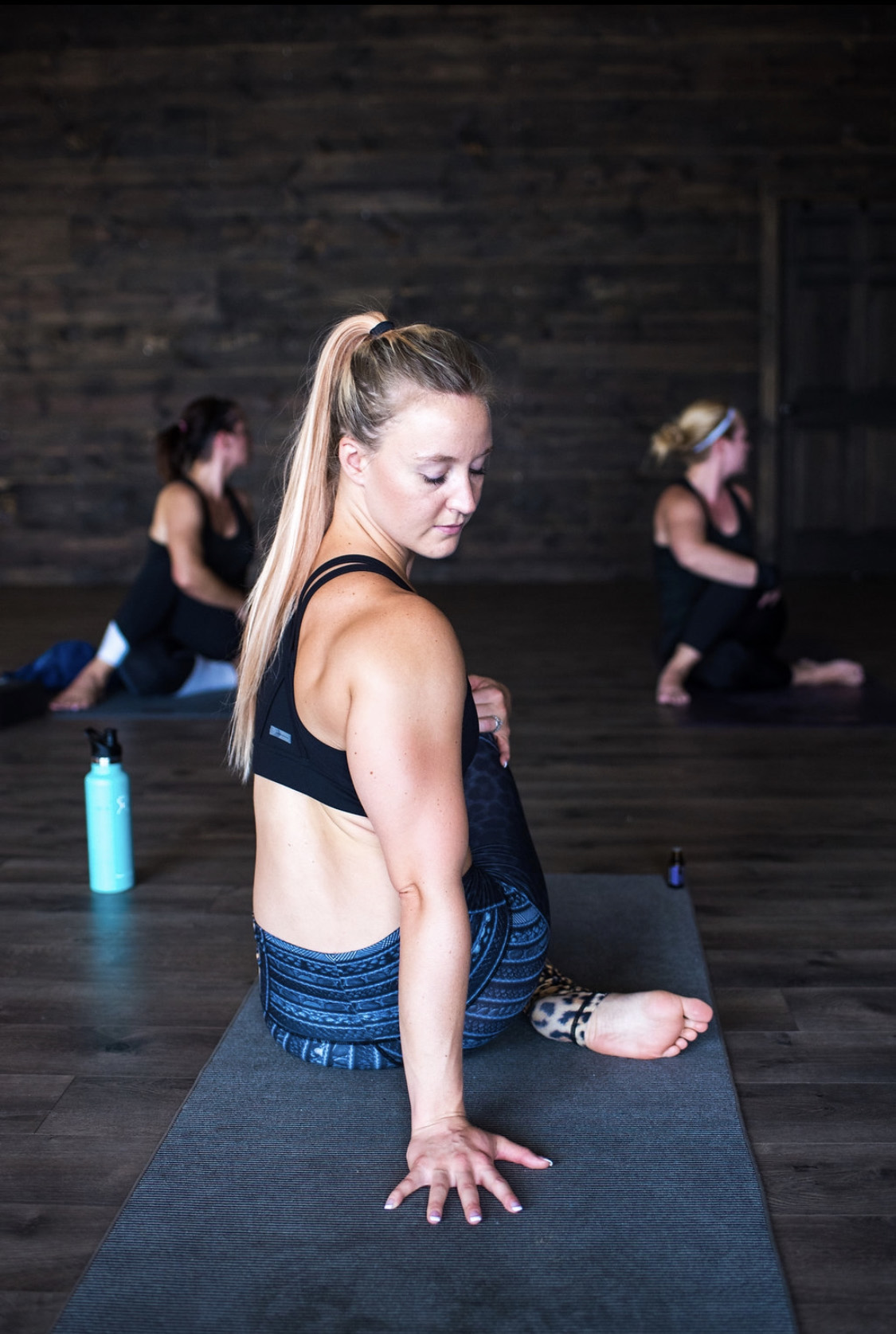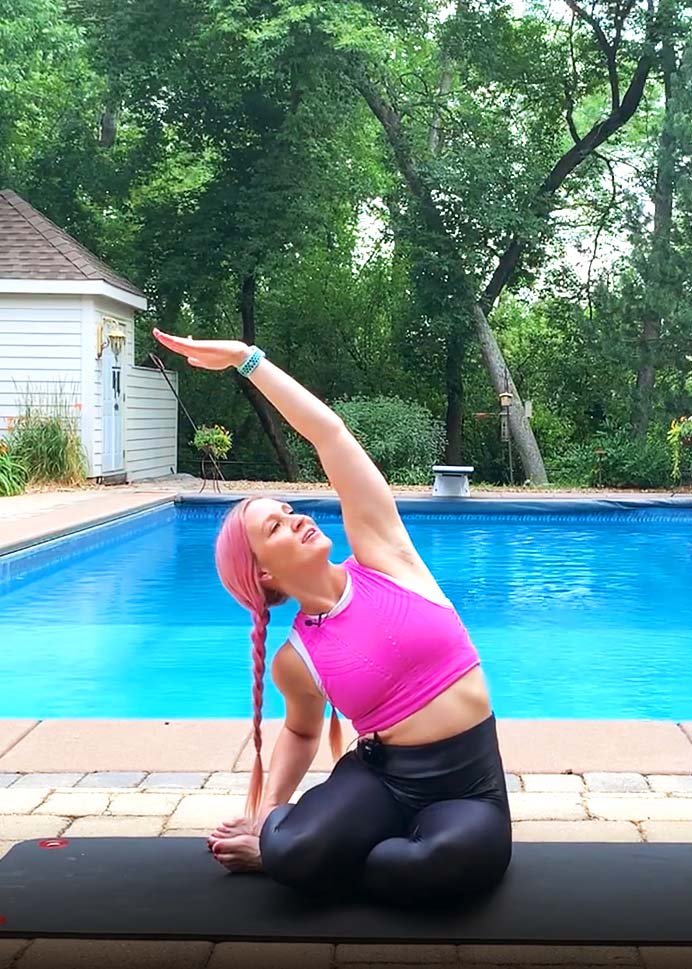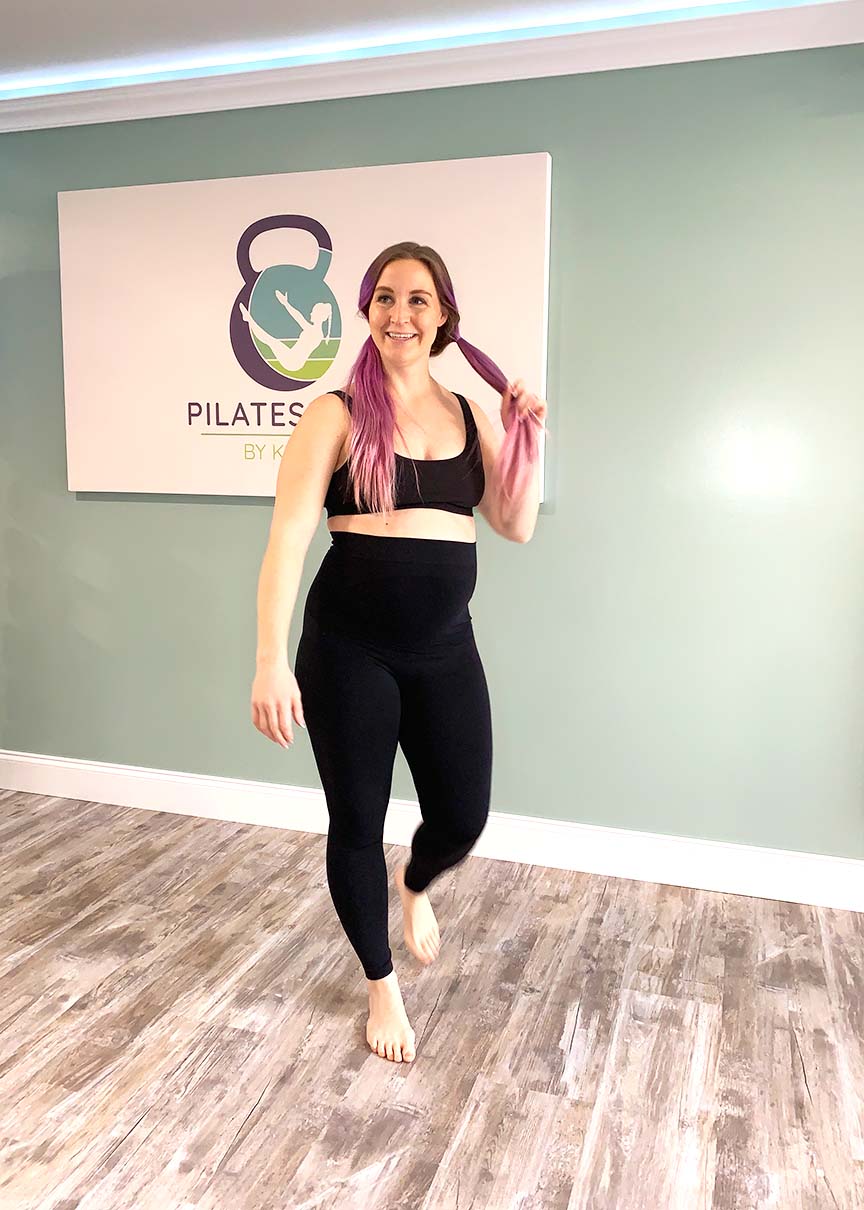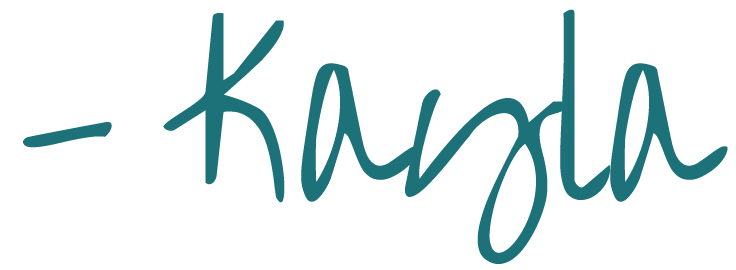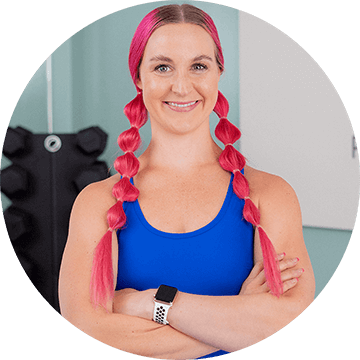We’ve all heard our personal trainer, fitness friend, yoga or Pilates teacher say, “Just make sure you listen to your body in today’s workout!”… Heck! This is a phrase I say in almost every Pilates studio session or online Pilates class I teach. But what does it even mean? This phrase has become a bit of a blanket statement. It can often be used as a filler statement for a Pilates or yoga teacher during a mindful moment of silence.Let’s talk about HOW you can actually “listen to your body”. For some, this may be naturally practiced over time. For others, it may need to be learned.

